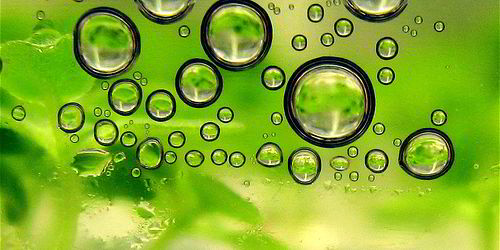The breakthrough comes through the use of a novel type of catalyst, N-heterocyclic carbenes (NHCs), which make the chemical transformation cheaper and cleaner than ever before. A combination of silica and hydrogen are then added to the NHC-activated carbon dioxide, and the product is transformed into methanol by adding water through hydrolysis.
Previous attempts to reduce carbon dioxide to other useful products have required far more energy and a much longer reaction time.
